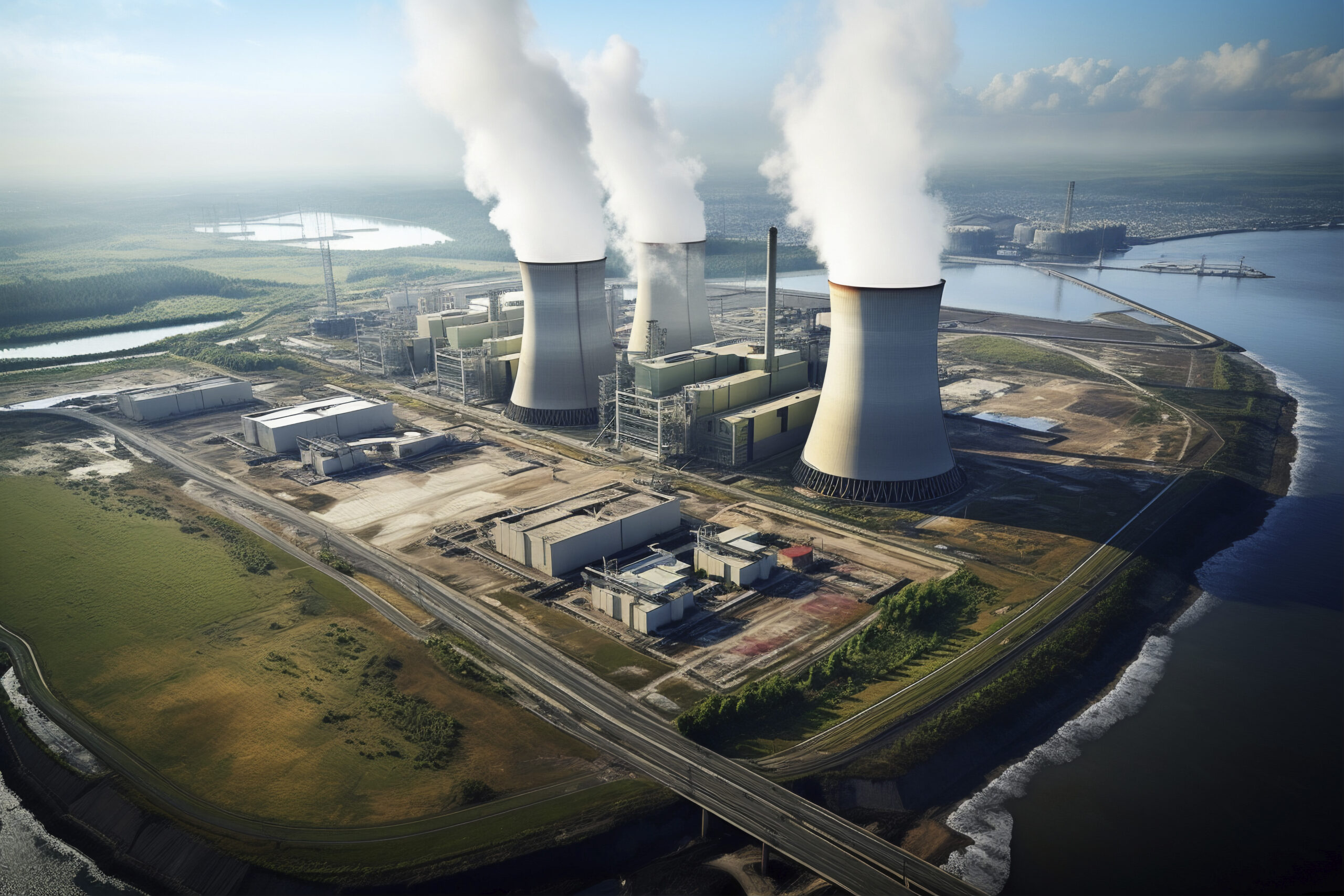
Nuclear power plants generate electricity through the fission of uranium atoms, producing heat to drive turbines. They supply around 10% of the world’s electricity and support various industrial applications.
Nuclear power comes from nuclear fission. Nuclear power plants heat water to produce steam. The steam is used to spin large turbines that generate electricity. Nuclear power plants use heat produced during nuclear fission to heat water.
Nuclear power plants use low-enriched uranium fuel to produce electricity through a process called fission—the splitting of uranium atoms in a nuclear reactor. Uranium fuel consists of small, hard ceramic pellets that are packaged into long, vertical tubes. Bundles of this fuel are inserted into the reactor.
The first commercial nuclear power stations started operation in the 1950’s. Nuclear energy now provides about 10% of the world’s electricity from about 440 power reactors. Nuclear is the world’s second largest source of low-carbon power (29% of the total in 2018). Over 50 countries utilize nuclear energy in about 220 research reactors. In addition to research, these reactors are used to produce medical and industrial isotopes.
Nuclear energy can be used for various industrial applications, such as seawater desalination, hydrogen production, district heating or cooling, the extraction of tertiary oil resources and process heat applications such as cogeneration, coal to liquids conversion and assistance in the synthesis of chemical feedstock.
Nirmal specializes in offering our special high-pressure control valves along with safety valve, Nitrogen Blanketing System for over pressure protection in services like Air, Nitrogen, Water etc.
WhatsApp us